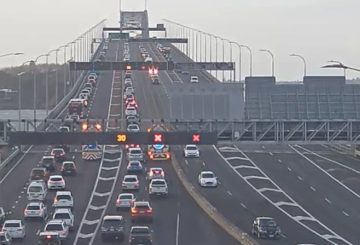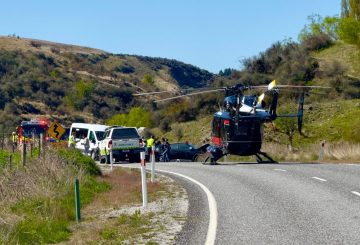Idineklara ng gobyerno ang pinakamalaking badyet para sa Pharmac, ang ahensya sa pagbili ng droga, sa kasaysayan nito. Sa susunod na apat na taon, halos $6.3 bilyon ang gagastos, ayon sa Associate Health Minister na si David Seymour. Tinutugunan ng bagong badyet na ito ang isang $1.7 bilyong kakulangan na naiwan ng nakaraang gobyerno ng Labour.
Ang dating pamahalaan ay naglalaan ng $180 milyon taun-taon para sa Pharmac, ngunit ang aktwal na gastos upang mapanatili ang badyet ng ahensya ay higit sa $400 milyon bawat taon. Nagbanta ang underfunding na ito na limitahan ang pag-access sa mahalagang pangangalagang pangangalaga para sa mga New Zealanders sa pamamagitan ng pagpilit sa Pharmac na alisin ang ilang mga gamot mula sa listahan nito.
Ang isang plano upang reporma ang modelo ng pagpopondo ng Pharmac ay bahagi ng kasunduan sa koalisyon sa pagitan ng ACT at National. Parehong sumang-ayon ang New Zealand First at National na dagdagan ang pondo ng Pharmac bawat taon. Sa panahon ng kampanya sa halalan, inaangkin ng pinuno ng Labour na si Chris Hipkins na ang pagpopondo ng Pharmac ay tumaas sa $1.2 bilyon sa isang taon sa panahon ng kanyang termino sa tanggapan.
Gayunpaman, kasalukuyang mayroong higit sa 130 mga paggamot sa listahan ng mga wish-list ng Pharmac na nais nitong pondohan ngunit hindi maaaring dahil sa mga paghihigpit sa badyet. Noong nakaraang Agosto, ang mga doktor ng cancer ay sumulat ng isang bukas na liham kay Pharmac na humiling ng mas mahusay na pagpopondo para sa mga mas bagong gamot, na nagsasaad na halos hindi sumusunod sa listahan ng mahahalagang gamot ng World Health Organization.
Binigyang-diin ni Seymour na ang pagpopondo para sa mga gamot ay isang bagay ng buhay at kamatayan para sa ilang mga New Zealand. Sinabi niya na ang gobyerno ay nakatuon na makahanap ng karagdagang $1.774 bilyon upang matiyak na maaaring ma-access ng lahat ng mga New Zealanders ang mga gamot na kailangan nila.
Binanggit din ni Seymour ang iba pang mga inisyatiba, tulad ng pagbabalik ng pseudoephedrine na gamot sa sipon at trangkaso at pagpapasimple ng mga proseso ng pag-apruba ng Pharmac. Inihayag niya na ang dating representante punong ministro na si Paula Bennett ay magiging upuan ng board ng Pharmac sa susunod na buwan. Ang nakaraang upuan, si Steve Maharey, ay nagbitiw noong Disyembre.






























































